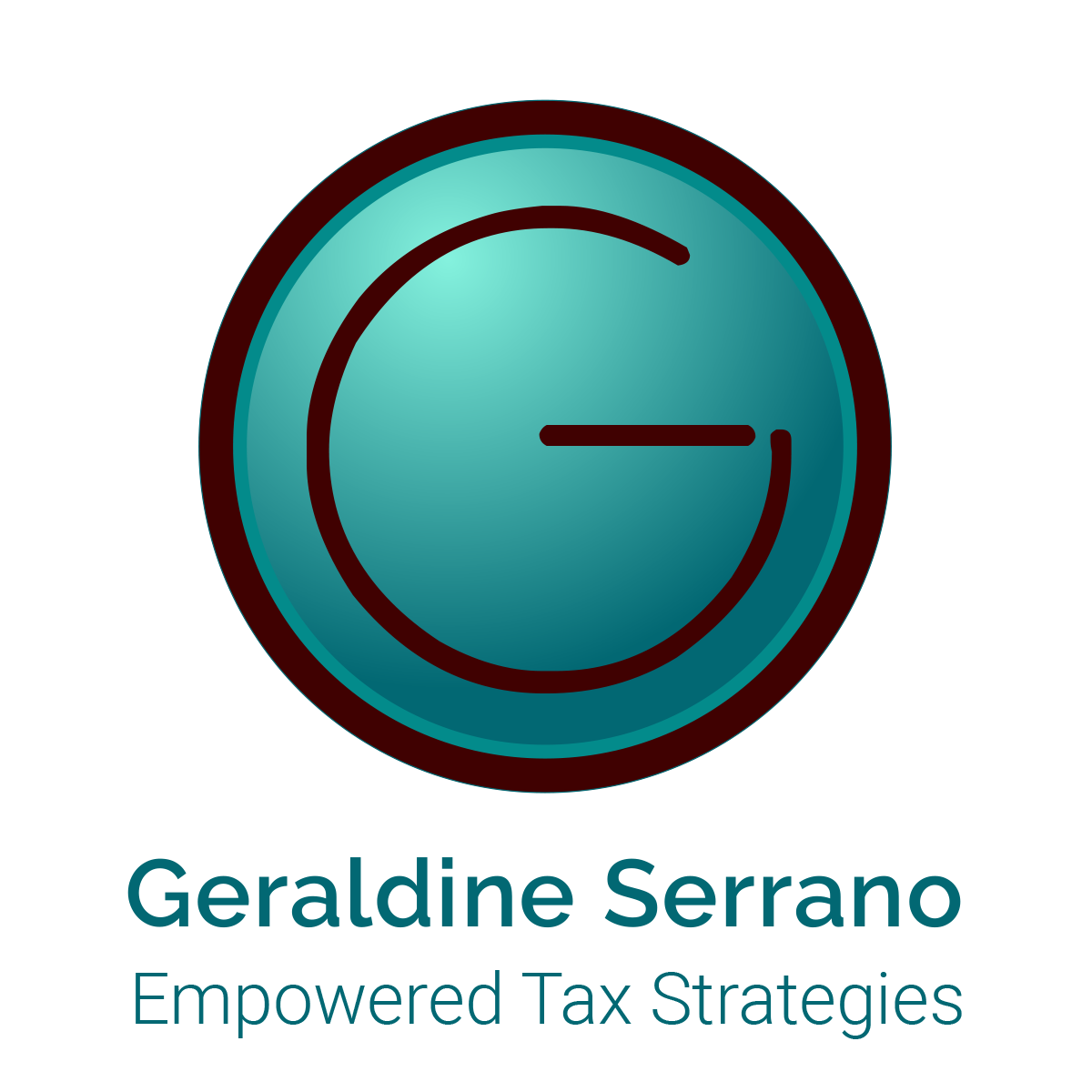
Tangible Property Regulations Compliance
Tangible Property Regulations (TPRs) are a set of rules created by the IRS that dictate how taxpayers must handle the cost of acquiring, maintaining, and improving tangible property. Here you will find information on TPRs, who they apply to, and answers to frequently asked questions. And if you need help ensuring you comply, we’re just a phone call away.
Overview
Who TPRs Apply To
Repair vs. Improvement
De Minimis Safe Harbor
Disposition
Unit of Property
General Asset Account
Routine Maintenance Safe Harbor
Improvement Threshold
Partial Disposition Election
FAQs About Tangible Property Regulations
What is the purpose of Tangible Property Regulations?
What types of property are covered by Tangible Property Regulations?
Tangible Property Regulations cover a wide range of tangible property, including buildings, machinery, equipment, vehicles, and furniture.
How do Tangible Property Regulations affect the deduction of repair and maintenance expenses?
Tangible Property Regulations provide guidance on when repair and maintenance expenses can be deducted as a current expense and when they must be capitalized and depreciated over time.
In general, repair and maintenance expenses can be deducted as a current expense if they are for routine maintenance or minor repairs. However, the expense must be capitalized and depreciated over time if the repair or maintenance work improves the property or extends its useful life.
How do Tangible Property Regulations affect the disposition of property?
Tangible Property Regulations provide guidance on how to determine the gain or loss on the disposition of tangible property.
When tangible property is sold, traded, or otherwise disposed of, the taxpayer must calculate the difference between the sale price and the adjusted basis of the property. The adjusted basis is the original cost of the property, adjusted for depreciation, repairs, and improvements.
Tangible Property Regulations provide detailed rules for how to determine the adjusted basis of property that has been subject to repair and maintenance expenses over time.
What if I need more information?
If you have any questions about TPRs, consult with a tax professional.
Other Tax Credits & Deductions
Cost Segregation Study
Real estate investors can increase depreciation deductions, reduce income tax liabilities, and maximize cash flow.
R&D Tax Credit
Companies can get a tax credit for developing lighter, faster, more durable, less expensive, more reliable, or more precise products.
U.S. Export Tax Incentive
Export companies can take advantage of IC-DISC, which provides certain tax incentives for U.S.-based exporters.
Energy Efficient Tax Incentive
Building owners, architects, an engineers that build green can save money with the 179D tax deduction.
Let's Chat
Let's get started by booking a meeting for a free consultation. We will go through different specialty tax programs that will help you save!






